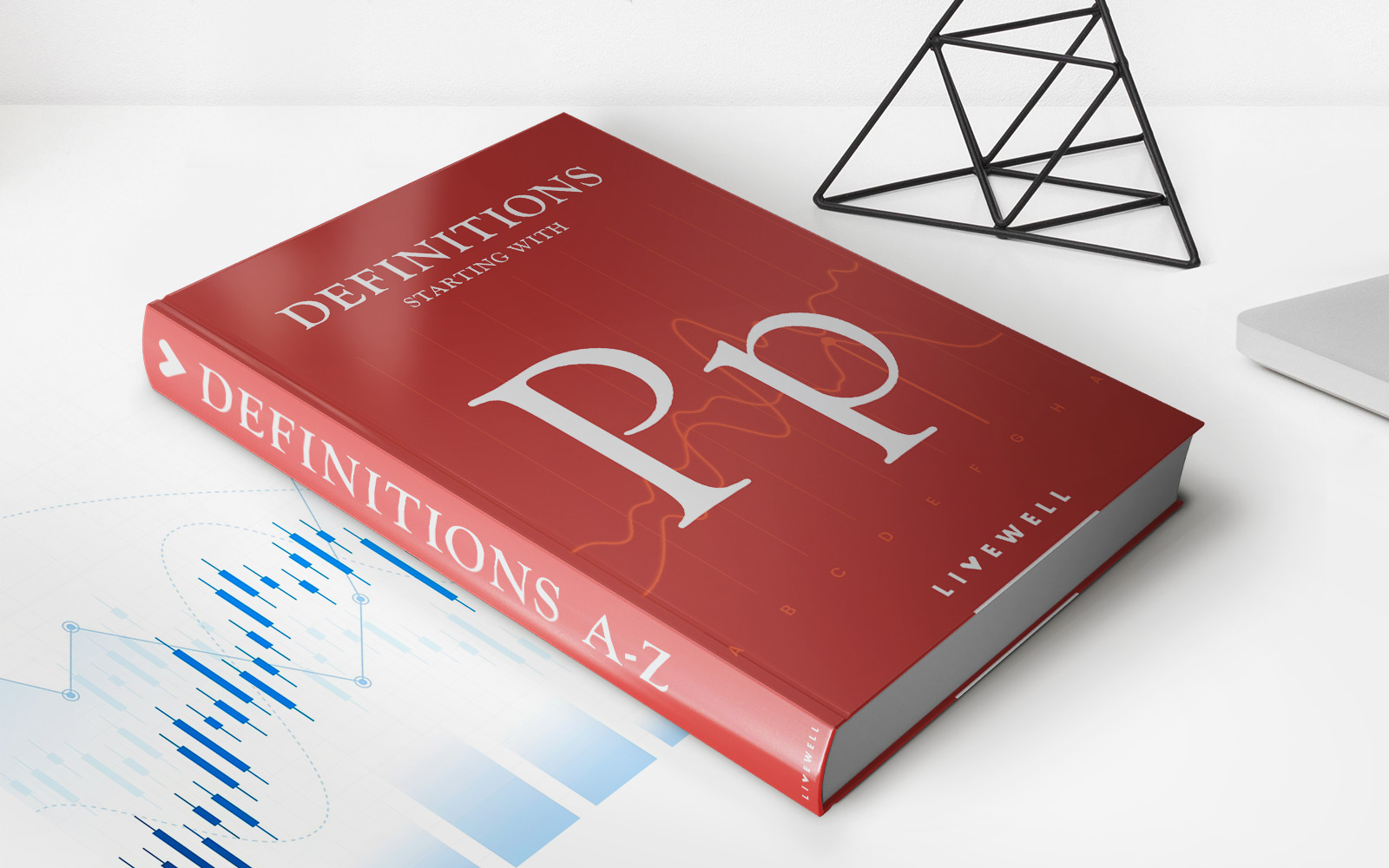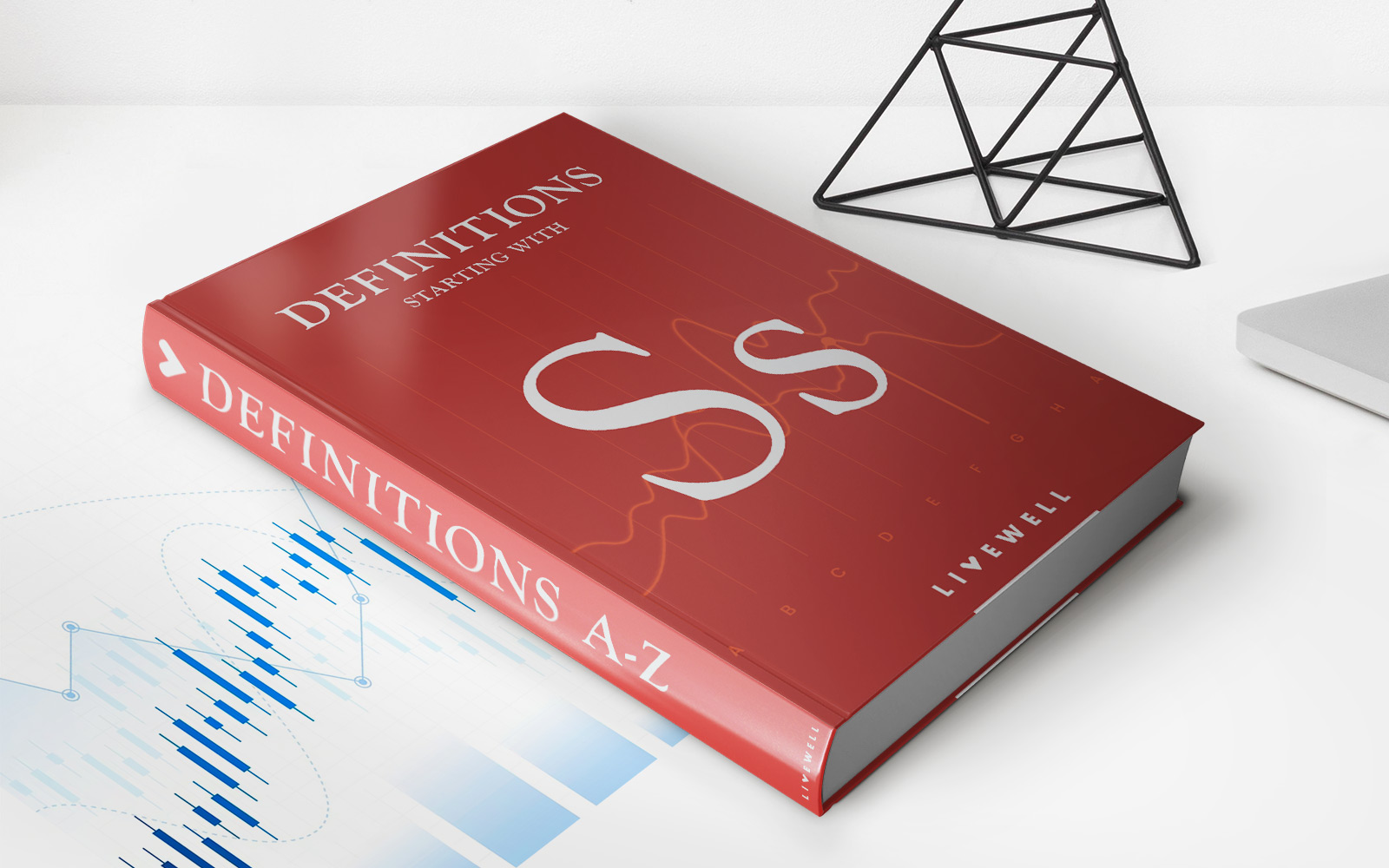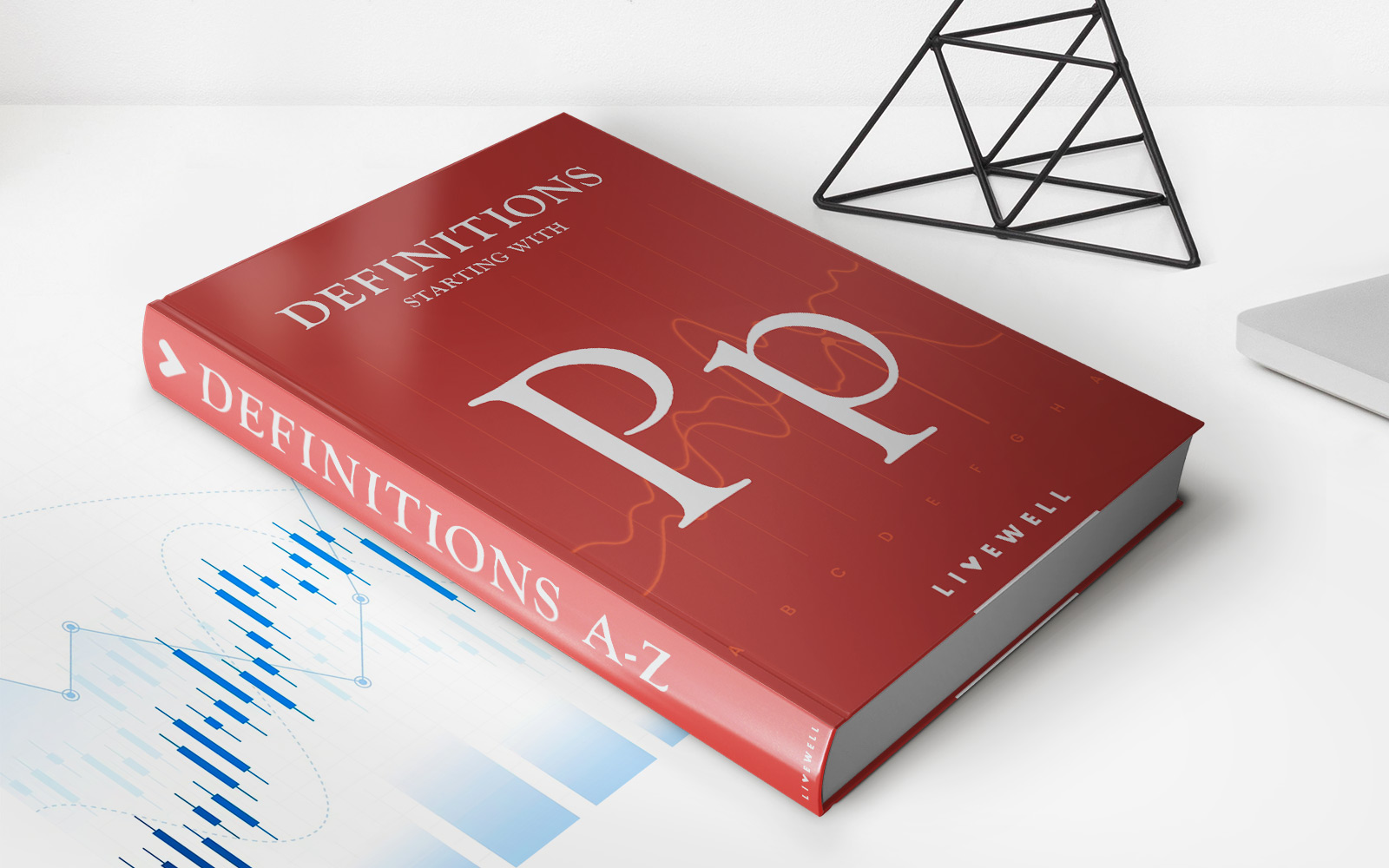

Finance
Clientele Effect: Definition, Theory, Examples
Published: October 28, 2023
Learn about the clientele effect in finance, its definition, theory, and examples. Explore how investor behavior influences market dynamics and decision-making.
(Many of the links in this article redirect to a specific reviewed product. Your purchase of these products through affiliate links helps to generate commission for LiveWell, at no extra cost. Learn more)
Clientele Effect: Definition, Theory, Examples
Are you curious about the fascinating concept of the clientele effect and how it impacts financial markets? Look no further! In this blog post, we will delve into the definition, theory, and provide real-life examples of the clientele effect. By the end, you’ll have a solid understanding of this concept and its significance in the world of finance.
Key Takeaways:
- The clientele effect refers to the phenomenon where individuals or groups of investors prefer to hold or invest in certain stocks based on their individual characteristics, such as dividend yield, risk tolerance, or investment horizon.
- This effect can impact the demand and supply of stocks, leading to price changes and a potential imbalance in the market.
Understanding the Clientele Effect
In finance, the clientele effect is a theory that suggests investors are inclined to invest in assets or securities that align with their individual preferences and needs. The reasoning behind this is that different investors have varying requirements and goals, and they seek out investments that correspond to these factors.
Here are a few key points to better understand the clientele effect:
- Investor Characteristics: Various investor characteristics, such as their risk tolerance, investment horizon, and desired income, can influence their investment decisions. For example, conservative investors may prefer stocks with stable dividend yields, while aggressive investors may focus on high-growth stocks.
- Stock Characteristics: Stocks possess their own unique attributes, including dividend yield, growth potential, volatility, and risk profile. Investors gravitate towards stocks that match their preferences and align with their investment objectives. This can create distinct groups of shareholders, known as clientèle groups.
- Demand and Supply: When investors form clientèle groups, their collective investment decisions can impact the demand and supply of specific stocks. If a large group of income-focused investors favors stocks with high dividend yields due to their need for regular income, the demand for these stocks will increase, potentially driving up their prices.
Real-Life Examples of the Clientele Effect
Let’s explore a couple of real-life examples to illustrate how the clientele effect manifests in financial markets:
- Preferred Dividend Stocks: Suppose a group of retirees seeks to generate a steady income from their investments. As a result, they prefer stocks that offer reliable dividend payments. This preference can create a mature clientele group that prioritizes stocks with a history of consistent and high dividend payments. The increased demand from this group may drive up the prices of these stocks, capturing the attention of income-seeking investors.
- Technology Growth Stocks: On the other hand, younger investors with a long-term investment horizon and higher tolerance for risk may gravitate towards technology growth stocks. These stocks have the potential for substantial capital appreciation. As more investors with similar risk profiles and investment objectives invest in these stocks, it can create a separate clientele group. This increased demand can contribute to a surge in the prices of technology growth stocks.
The examples above demonstrate how different characteristics and preferences of investors can shape the demand and supply dynamics of specific stocks. The resulting clientèle effect can influence the market and lead to price fluctuations and imbalances.
In Conclusion
The clientèle effect is a fascinating concept within the realm of finance, highlighting how investors’ characteristics and preferences can impact stock market dynamics. By understanding this phenomenon, investors can make more informed decisions while companies can better identify their target shareholder base.
Remember the key takeaways:
- The clientele effect refers to investors’ tendency to invest in specific stocks based on their individual characteristics and preferences.
- The demand and supply dynamics influenced by the clientele effect can lead to price changes and imbalances in financial markets.
So, the next time you come across a stock or investment option, take a moment to consider your own characteristics and preferences. And remember, the clientele effect may already be at play!














